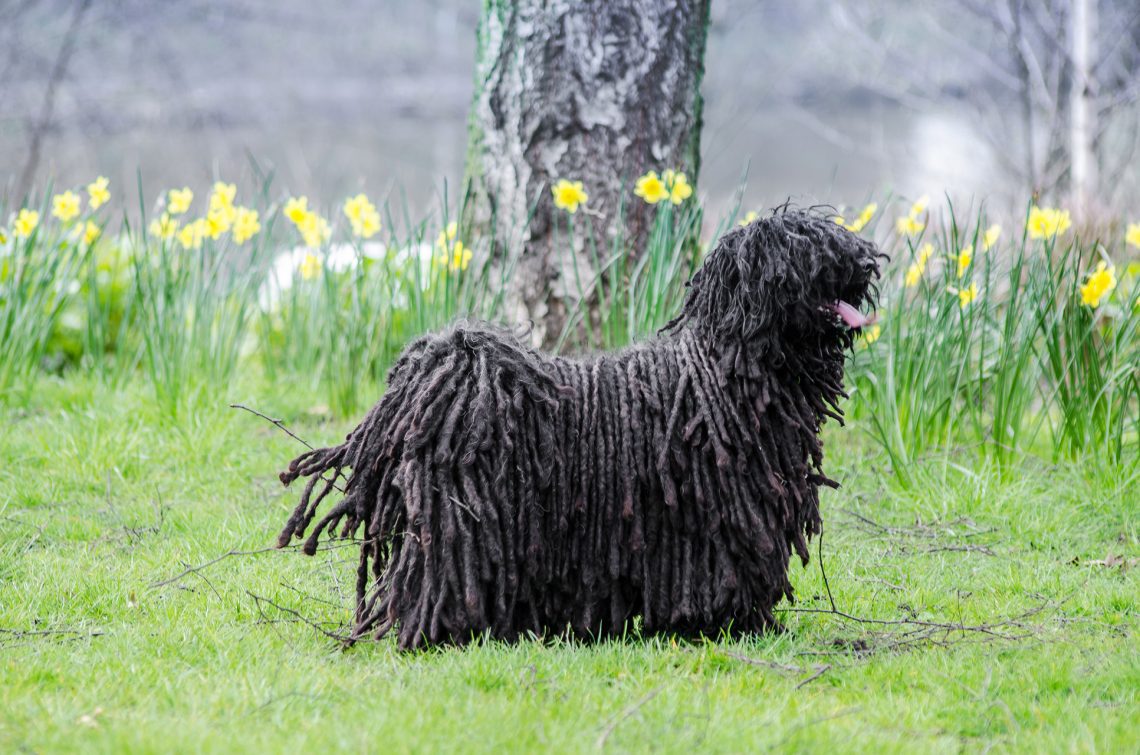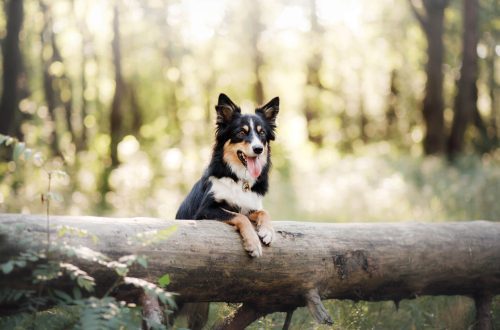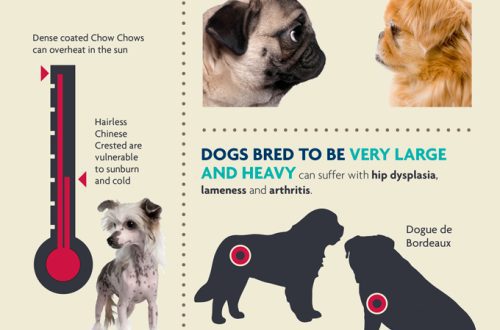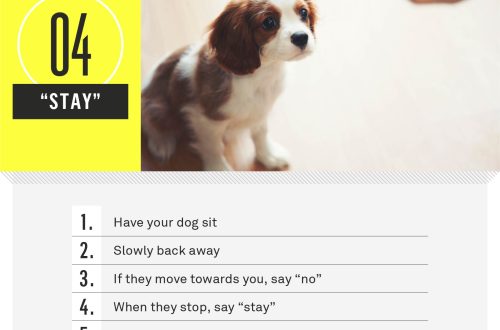
Decorative dogs: breeds and features
It is impossible to argue with the statement that man’s best friend is a dog. But it’s the toy or companion dogs that take the word “best” to a whole new level. These pets are simply indispensable for those who want a sweet funny friend in their home. Such dogs are not intended for hunting or service. They are usually used as pets.
Contents
History and purpose of breeding
Since ancient times (more than 3000 years BC), decorative dogs lived with people and served as entertainment for them. They were often displayed as a symbol of wealth and high social status. Owners were often depicted in portraits with dogs on their laps or hands. Greyhounds belonged to such breeds. Many dogs were kept by wealthy owners for the sake of distracting fleas. Some breeds appeared as a result of a decrease in hunting and watchdogs. Often small dogs were used to catch rats and work in burrows. The ancestors of Yorkshire terriers lived with farmers and were considered dogs from the “common people”. Today they become the stars of social events. In general, representatives of the decorative group of dogs are extremely popular among all segments of the population.
General characteristics of the group of dogs
When choosing a small dog, you need to focus not only on its exterior, but also on the features of this category. Decorative dogs are sociable, affectionate, unpretentious in care. They make wonderful playful companions for both children and adults. They are easy to keep even in a very small apartment. Small dogs quickly become accustomed to the tray, they can not be walked for hours, like their overall relatives. They easily make contact and like to sit on their hands or sleep on the couch.
The most popular representatives of the group
According to the classification of the International Cynological Federation, decorative dogs are included in the ninth group “Decorative and Companion Dogs”. Chinese Crested Dog, Miniature Pinscher, Papillon, Russian Toy Terrier, Maltese, Griffons, Miniature Pinscher, Pug, French Bulldog, Pomeranian.
Appearance
Most decorative dogs are compact in size (on average 20–30 cm at the withers). They can have both long and smooth or curly short hair.
Temperament
Indoor dogs are usually very curious, playful and sociable. Often they are intrusive and require attention and love from the owners. They want to be with them all the time. Therefore, early training helps them to easily socialize and get used to the family lifestyle. It must be remembered that their ancestors were quite active, so not every dog will be complaisant and affectionate. It is important to apply an individual approach to it. In general, the toy dog is a fun creature with an open, friendly disposition and a deep affection for humans.
Features of care
The owner of a pet dog needs to know how to care for it, given its toy size and light weight. With regular deworming, you should use special preparations designed for low weight. It is not recommended to feed the dog with large and hard dry food, but you should not deprive him of the opportunity to chew on something. For a lap dog, training and the ability to follow commands is very important. Since this breed loves movement, you must definitely walk with your pet. Decorative dogs get along well with cats.
Prevalence in the world and in Russia
Many decorative breeds bred in Tibet – for example, the Shih Tzu, the Tibetan Spaniel – are now known throughout the world. In England, the Norwich Terrier and Cavalier King Charles are popular, the French love Bichons, and the Germans love Miniature Pinschers. Pekingese is bred everywhere – this is one of the most ancient breeds bred in China. In Russia, the most popular are the Yorkshire Terrier, Spitz, Chihuahua and Toy Terrier.
Despite the fact that indoor dogs are not able to do any work, they love to be near a person, share energy and positive.





